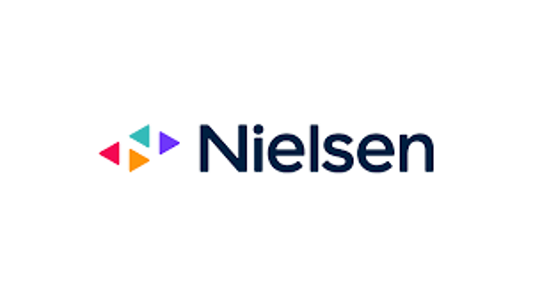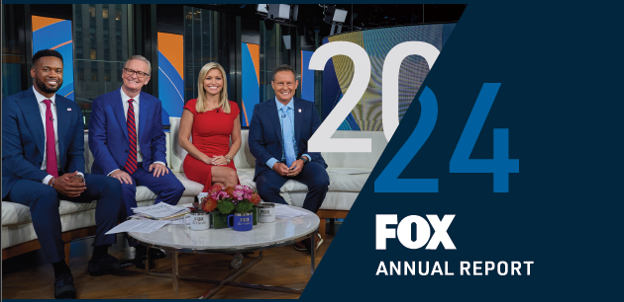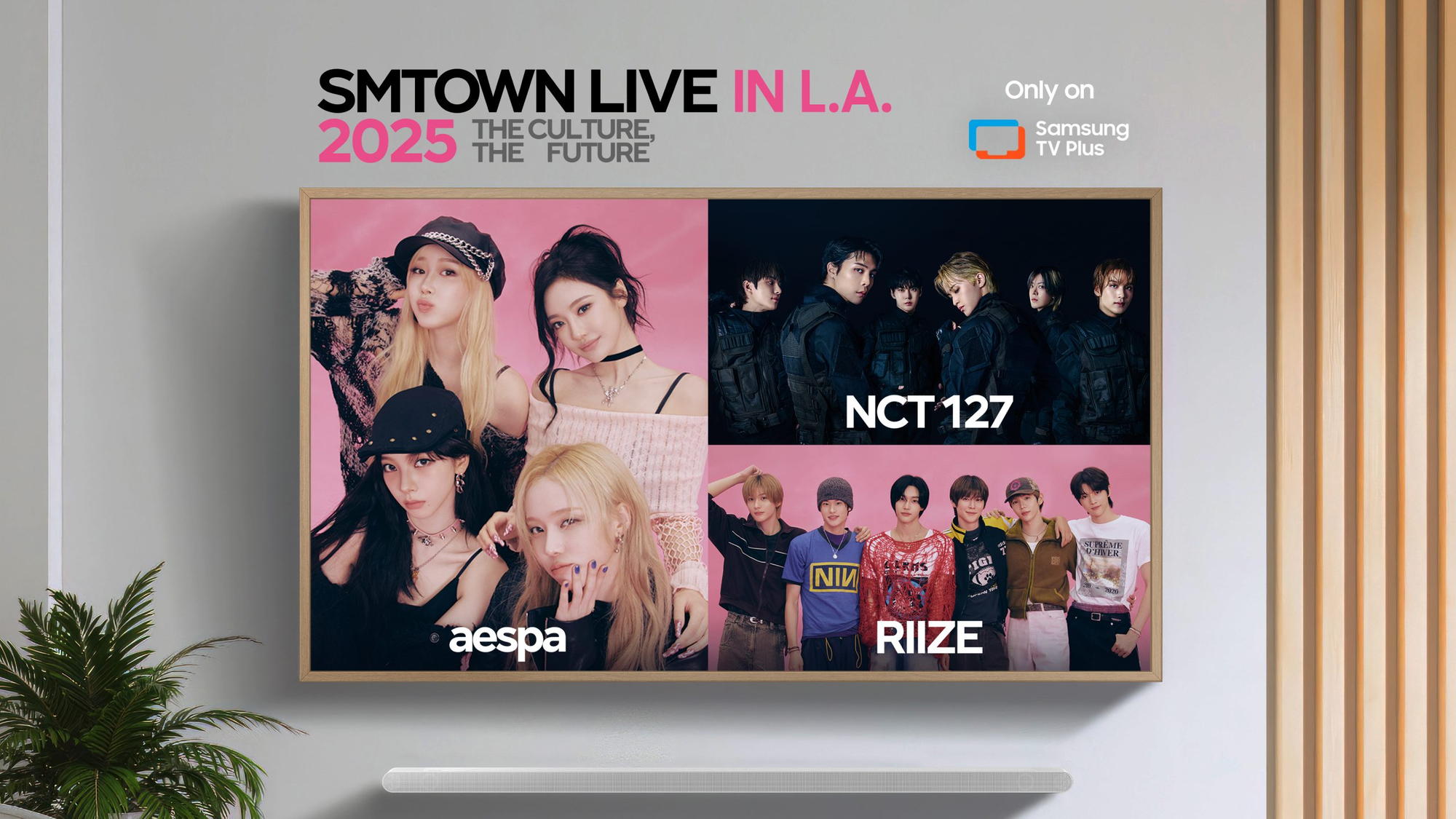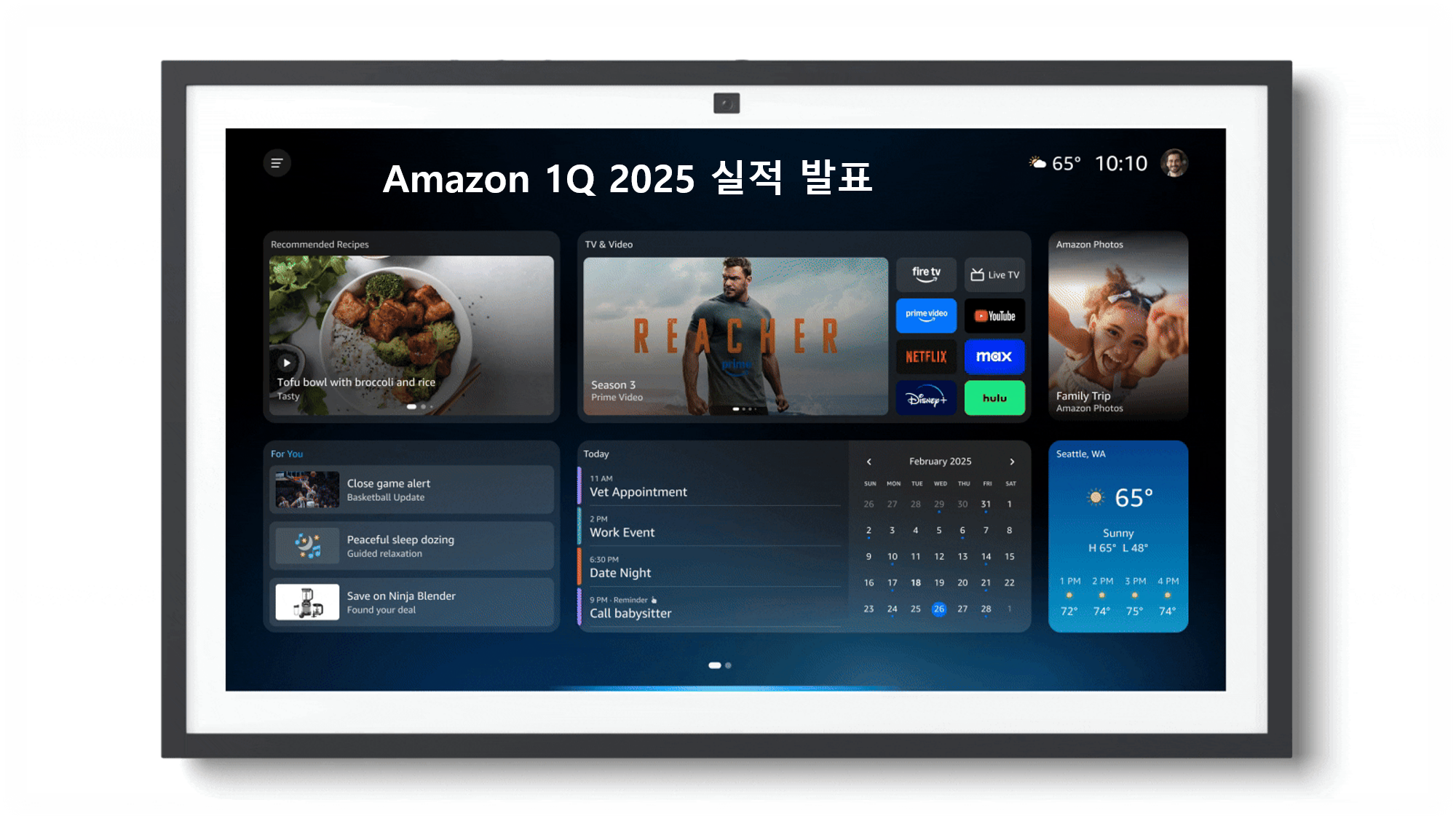Korean Streaming Services Offer Discounts Amidst Global “Streamflation” / 글로벌 ‘스트림플레이션’ 속 국내 OTT는 구독료 할인 시작

In the ever-evolving world of streaming services, concerns are growing as subscription fees continue to rise, both in global and Korean streaming platforms. The recent moves of major players in the international streaming industry have posed dilemmas for Korean platforms as they come up with their own methods for retaining loyal customer bases against rising costs.
Streaming giant Netflix has recently made headlines by considering a potential subscription fee increase. This decision comes as they shift away from their ad-free basic plan in the US and the UK, reflecting the plateauing growth of their ad-supported plan. Likewise, other international streaming platforms are following suit. Amazon Prime is also set to introduce ad-supported subscription tiers in 2024, offering an add-on option for $2.99 to their standard monthly fee of $14.99.
Adding to the subscription fee debate is the upcoming price hike for Disney+ subscriptions in Korea. Starting on November 1st, Disney+ will raise the standard subscription fee by ₩4,000, from ₩9,000 to ₩13,900, which is now the same price as their current premium plan. Disney+ also plans to introduce a lower-cost tier with lower-quality video and fewer offerings, providing an alternative to paying a higher price. This follows its smash-hit success with ‘Moving’ released this August, which has played a huge role in bringing in South Korean subscribers. Originally rumored to be Disney’s final take at local content production in Korea, the overwhelming success of the show has influenced the decision to keep producing content for Korean audiences. Disney+ seems to be looking to capitalize off this success as it raises prices in Korea as well.
Global Streaming Fee Increases
The trend of major streaming platforms increasing subscription fees has been evident on a global scale. Recent data indicates an average price increase of 25% in major streaming services over the past year, which can be primarily attributed to rising content production costs and competitive pressures.
The impact of the pandemic on falling subscriber numbers has caused financial worry for streaming platforms. As they take the reins as the future of television and video, they must strategize to secure quality content production while facing increasing production costs and fierce competition. Therefore, it is the hope that the introduction of new subscription tiers can act as a double-edged sword; compensate for subscriber losses through ad-based revenue, attract new subscribers willing to pay for lower-cost plans, and retain subscribers willing to pay higher prices for a better experience.
Additionally, the streaming industry is navigating through a "post-strike" environment after the Writers Guild of America Strike this past summer. Yet, this could present an opportunity, as the excitement for newly anticipated films and shows could help offset the rising costs of subscription plans.
Korean Streaming Platforms Go Against “Streamflation”
Turning our focus back to Korean platforms, including Tving, Wavve, Coupang Play, and Watcha, we can observe a different strategy. Instead of the so-called "streamflation” conducted by international counterparts, Korean platforms are opting for discount promotions to bring in subscribers.
Tving, for instance, is currently offering annual subscription discounts from the 11th until the end of the month. Prices for basic, standard, and premium membership annual plans are reduced to KRW 66,000, KRW 90,000, and KRW 114,000, respectively, representing an 8-10% discount from their usual prices.
Wavve is also adopting a similar strategy, introducing its fourth subscription fee discount event with a 33% reduction on annual standard and premium membership plans. These discounts are often tied to notable content releases, with the current in celebration of the new thriller series ‘Deal,’ released on the 6th of this month.
Despite the global trend of increasing subscription fees, Korean streaming platforms have maintained their long-standing KRW 7,900 monthly fee, indicating a reluctance to raise prices. However, this should not be confused with financial prosperity over global competitors, as platforms like Tving and Wave incurred losses totaling 119.2 and 121.7 billion won, respectively, over the past year. Thus, Korean platforms are focusing on offering discount promotions to increase and maintain subscribers, with the hope of securing long-term paid subscribers that might have otherwise been missed.
The Debate on Fee Increases
The debate surrounding fee increases in the Korean streaming industry is ongoing. Subscribers in Korea may likely resist fee increases due to the significant quality difference compared to competitors like Netflix or Disney+, which also feature Korean content and originals. In summary, international streaming platforms are raising prices to cope with rising production costs, while Korean platforms offer promotional value to expand their loyal customer bases. However, both international and Korean platforms are eager to explore ad-based subscription tiers, agreeing that the potential benefits outweigh the costs of lost subscribers.
As the world transitions to streaming, Korean services must prioritize the continuous production of quality content to satisfy current subscribers and compete with international rivals. Recent price increases on platforms like Netflix and Disney+ present an opportunity for Korean streaming platforms to play the opposite card and attract new subscribers with promotional discounts.
While price increases for all platforms may be necessary in the long run, they must be carefully timed and communicated as a step toward enhancing the overall streaming experience. The future of streaming, both globally and in Korea, remains a balancing act between costs, quality, and consumer satisfaction.
최근 주요 스트리밍 서비스 사업자들이 이용 가격을 인상하면서 국내 다른 사업자들도 고민에 빠졌다. 구독료를 올리고 싶지만 한국 시장이 만만치 않기 때문이다.
스트리밍 서비스 1위 넷플릭스가 2023년 2분기 실적을 발표하면서 월간 구독료를 인상했다. 아마존 프라임도 2024년에 광고형 요금제를 도입하면서 광고를 보지 않을 경우 2.99달러의 추가 비용을 더 내야한다.
디즈니+도 마찬가지다. 11월 1일부터 스탠다드 요금제가 9,000원에서 1만 3,900원으로 4,000원 인상될 예정이다. 디즈니+는 지난 8월 공개한 오리지널 드라마 <무빙>이 큰 인기를 얻어 새로운 한국 구독자를 유치하는 데 도움이 됐다. 디즈니플러스가 한국 콘텐츠 제작을 중단하고 시장을 철수한다는 소문은 잘못된 정보라며 <무빙>의 압도적인 성공에 힘입어 구독료를 올리고 한국 시장에 계속 투자할 의사를 밝혔다.
글로벌 스트리밍 시장에서는 스트리밍 구독료가 상승 추세다. 월스트리저널(WSJ)에 따르면 지난 2022년 주요 스트리밍 서비스의 가격은 평균 25%나 인상되었다고 한다. 콘텐츠 제작 비용 상승하고 경쟁 압력이 커지면서 나타난 현상이다.
‘스트림플레이션’ 경향을 거스르는 토종 OTT
하지만 한국은 반대의 움직임을 보이고 있다. 토종 스트리밍 서비스인 티빙, 웨이브, 쿠팡 플레이, 왓챠 등은 글로벌 사업자와는 달리 오히려 반대로 가고 있다. 가격 인상이 아닌 ‘할인’을 선택하고 있다. ‘스트림플레이션(스트리밍 + 인플레이션)’ 보다는 할인 프로모션을 통해 구독자를 유지하고 확장하는 방식을 채택하고 있는 것이다.
티빙은 이달 11일부터 30일까지 연간 구독료 할인을 제공하고 있다. 베이직, 스탠다드, 프리미엄 연간 요금제는 각각 6만 6,000원, 9만원, 11만 4,000원으로 기존 연간 이용권에서 8~10% 할인된 가격으로 제공한다.
웨이브도 비슷한 전략을 채택했다. 연간 스탠다드 및 프리미엄 요금제를 33% 할인하는 이용권 할인 이벤트를 시작했다. 웨이브는 하반기 기대작 8부자 스릴러 드라마 <거래> 출시에 맞춰 할인 이벤트를 도입했다.
사실, 국내 스트리밍 사업자들이 수익이 좋아서 할인 프로모션을 진행하는 것은 아니다. 한국 스트리밍 사업자인 티빙과 웨이브는 2022년 각각 1,192억, 1,217억 원의 손실을 기록했다. 그럼에도 이들이 할인 프로모션을 도입한 이유는 추가 가입자 확보를 위해서다. 광고 상품을 도입하지 않은 만큼, 추가 가입자 유입을 통해 수익을 높여야 하는데 더 많은 고객을 확보하기 위한 방법이 할인 밖에 없기 때문이다.
소비자들의 인식 문제도 크다. 소비자들은 넷플릭스나 디즈니+와 같은 글로벌 스트리밍 서비스와 국내 스트리밍 서비스의 콘텐츠 양에 차이가 크다고 생각해 국내 사업자가 월 이용 가격을 인상할 경우 구독을 중단할 수 있다고 생각한다. 그렇기 때문에 OTT 전문가들은, 한국은 가격 인상보다 ‘할인 프로모션’ 통해 이용자를 확보하는데 주력할 것으로 보고 있다. 이런 노력들을 통해 한국 사업자들은 광고 요금제 도입이 아닌 프리미엄 요금제(광고 없는)의 가격을 높이는 방향으로 이뤄질 수 있다. 한국 스트리밍의 가격 인하가 슬픈 이유가 여기 있다.







![[프리미엄 리포트] 미국 케이블TV 2025, 변화와 미래 전략](https://storage.googleapis.com/cdn.media.bluedot.so/bluedot.directmedialab/2025/05/vj931j_202505270106.png)







